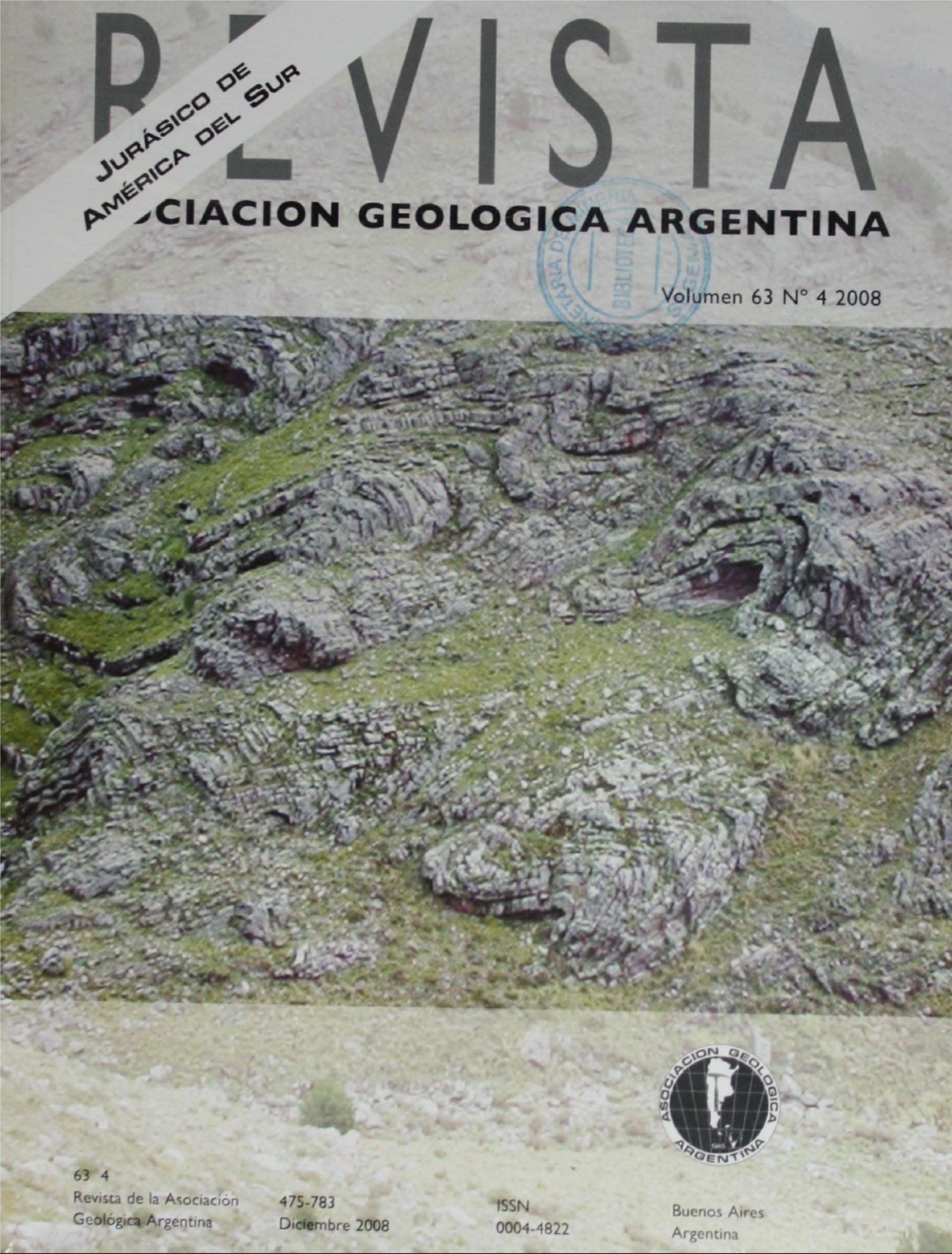Jurassic tetrapods and flora of Cañadón Asfalto Formation in Cerro Cóndor area, Chubut Province
Main Article Content
Abstract
The plant and tetrapod fossil record of the Cañadón Asfalto Formation (Middle to Late Jurassic) found in Cerro Cóndor area (Chubut Province) is summarized here. The flora is dominated by conifers (Araucariaceae, Cupressaceae sensu lato) but also includes ferns and equisetaleans. The tetrapod fauna is composed of dinosaur taxa described in the 70's as well as other remains recently described and other vertebrate groups such as amphibians, turtles, and mammals. The amphibian remains have been interpreted as representatives of a new species of Notobatrachus, considered one of the most basal members of the anuran lineage. Similarly, turtle remains have been recently recognized as a new species of basal turtle, bringing valuable information about the early evolution of this group. The dinosaur remains are largely dominated by saurischian taxa, represented by basal forms of Eusauropoda and Tetanurae. In addition, three different mammalian species have been identified and considered as early representatives of an endemic Gondwanan mammalian fauna. The fossil record of this formation represents the most completely known biota from the continental Middle to Late Jurassic of the Southern Hemisphere and one of the most complete of the entire world.
Article Details

This work is licensed under a Creative Commons Attribution-NonCommercial 4.0 International License.
Nota de copyright
Los autores conservan los derechos de autor y garantizan a la revista el derecho de ser la primera publicación del trabajo licenciado según una licencia de atribución Creative Commons que permite a otros compartir el trabajo con el reconocimiento de la autoría y de la publicación en la que se publicó por primera vez.
Declaración de privacidad
Los nombres y direcciones de correo electrónico introducidos en esta revista se usarán exclusivamente para los fines declarados por esta revista y no estarán disponibles para ningún otro propósito u otra persona.

